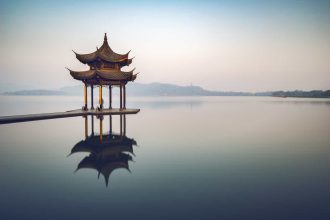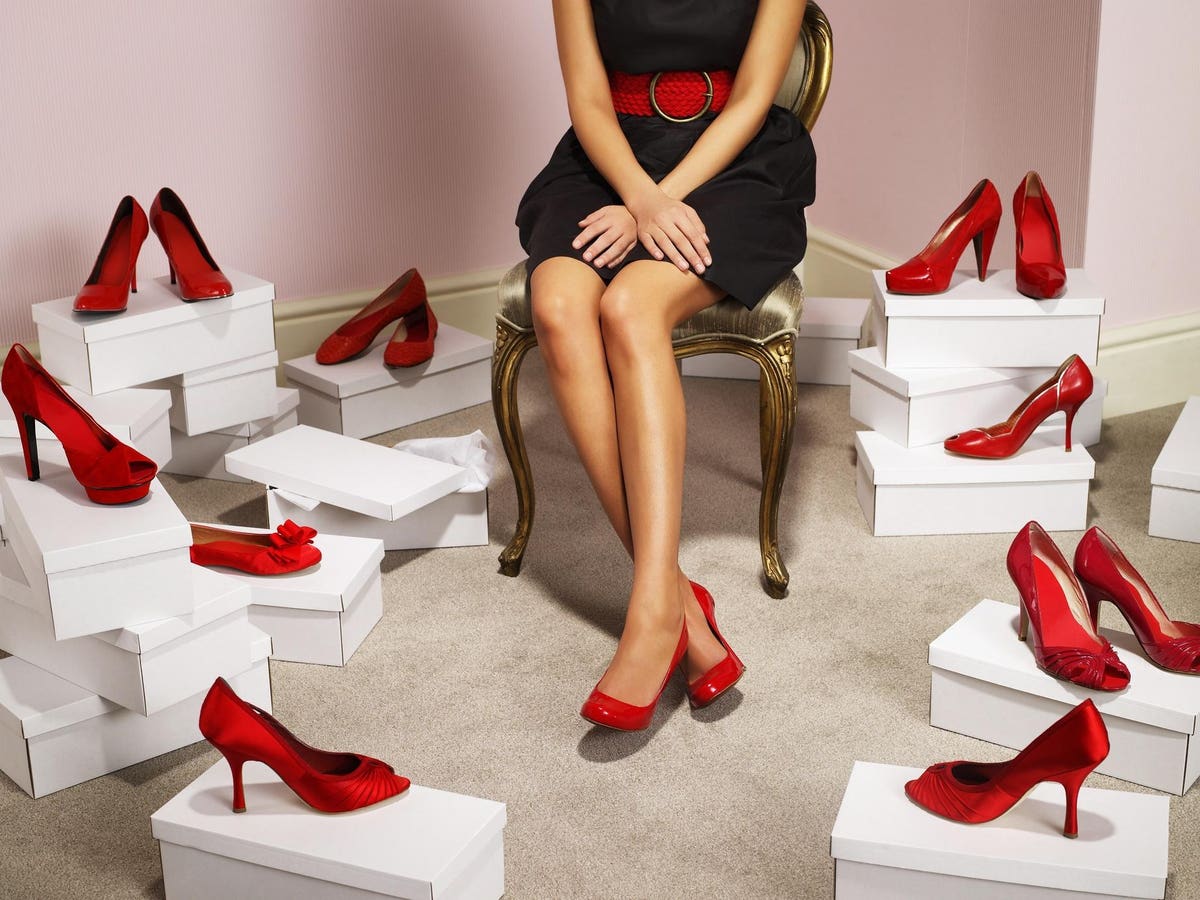The global luxury goods market got off to a poor start in 2024 and as the year has progressed, more dark clouds are gathering.
After advancing 4% at current exchange rates in 2023, the personal luxury goods market dropped between 1% to 3% in the first quarter 2024, according to Bain -Altagamma’s Luxury Goods Worldwide Market Study, Spring 2024.
“We are in a moment of great macroeconomic uncertainty at a global level,” report co-author Federica Levato warned, as she referenced the uncertain economic outlook in the U.S. and China, wars in Europe and the Middle East and overall rising geopolitical tensions.
“Personal luxury brands are finding themselves in a moment of crisis, driven by macroeconomic pressures, waning consumer demand and dichotomous strategies,” Bain advised.
While Bain continues to predict the luxury goods market could pull off a slight uptick over 2023, that is looking less and less likely.
Weakened Investment Outlook
HSBC Global Research just dialed down its annual forecast for the eight brands it covers from previous 5.5% growth to 2.8%. Those brands include Burberry, Hermès, Kering, LVMH, Richemont, Swatch, Moncler and Prada.
Looking wider, HSBC advised 2024 could turn out among one of the six worst years in the luxury market over the past two decades with the absolute worst being 2020 off nearly 20% and 2009 down 8%.
Citing lower growth in China and a weakened American outlook, HSBC said, “Our new forecasts factor in the weak macro environment and negative sector news flow received during the summer.”
Calling it a “cruel summer,” HSBC advised that the third quarter 2024 could be the “weakest quarter on a two-year stack basis.” In 2023, the third quarter declined 3%, according to Bain, so the outlook is for things to get worse before they get better.
Barclays also revised downward its luxury market outlook due to weakness in China, the world’s second largest global luxury market. Its analysts recently visited there to get a closer look and found the high-growth phase of the Chinese economy has ended.
“The sentiment on the ground was much more cautious than six months ago, as there is now a clear view that the Chinese weakness is structural,” analysts Wendy Liu and Carole Madjo told Marketwatch, as they predicted it may take three to four years for the market there to improve.
China In The Cross Hairs
Investment firm TD Cowen just completed a survey among 2,000 Chinese consumers in three top-tier markets to take consumers’ pulse on their financial outlook, spending preferences and expectations across a wide swath of consumer categories, including luxury.
“While spending intentions are fairly stable, luxury goods are among the categories consumers intend to spend less on,” Cowen advised. And another worrisome finding is that one-fourth of the Chinese consumers surveyed said they find Western brands “less appealing” over the last 12 months.
“It is more challenging to underwrite China based on cash flows and growth given the policy, macro and competitive headwinds,” Cowen reported.
Across the board, luxury is fairly low on the list of categories where spending will increase. Some 17% expect to spend more on luxury compared with 64% who will pick up spending on travel and 59% on groceries, followed by 37% on beauty and personal care products, 37% on dining out and 36% on clothing and accessories.
High-income consumers (~$140 household income) are more likely than the general population to plan to up spending on luxury goods (27%), but they are leaning more into increased spending on clothing and accessories (37%) and beauty/personal care (38%).
However, upper-middle-income consumers (~$70k household income) – the so-called aspirational Chinese consumers – put luxury goods way down on their list of spending priorities. Only 13% of upper-middle consumers plan to spend more on luxury goods.
And among those minority of Chinese consumer who expect to reduce spending this year over last year, luxury goods are named by 46% on their list for budget cuts.
Overall, about 30% of the Chinese survey respondents (n=600) plan to spend on a luxury item over the next six months, which is a fairly strong showing across a general population survey. But then what people say they will do in a survey doesn’t always match what they actually do.
“We are cautiously optimistic about the China luxury market,” Cowen concludes.
Last year the Chinese luxury goods market grew about 4%, according to Bain. While Cowen made no predictions about luxury growth this year, Bain sees “sluggish GDP growth, pressured middle class and weak consumer confidence” challenging the prospects for the rest of 2024 in China.
Affluent American’s Tip To Less, Not More Luxury Spending
Stateside, the prospects for luxury spending is weakening too, according to the Affluent Consumer Research Company’s (ACRC) luxury tracking survey conducted in September among 250 affluent American consumers (average household income about $300k and net worth of $2.3 million, excluding primary home value). Note: I am affiliated with the ACRC.
Prospects for luxury spending has worsened since June’s survey among a comparable sample of 400 affluents. In the September survey, some 17% said they made no luxury goods or services purchases over the past 12 months. This compares to 9% in June who reported no luxury purchases in the past year.
As for prospects for luxury spending over the next 12 months, significantly more (28%) plan to spend less, including 10% who plan to spend a lot less, while only 16% expect to spend more. And 16% plan no luxury purchases whatsoever.
“Affluent consumers display strong confidence in their ability to manage wealth, though they are cautious about economic conditions,” observed ACRC’s founder Chandler Mount and lead researcher.
“Many are balancing this by prioritizing saving and investment over luxury spending, including a trend towards financial prudence amid uncertainty,” he continued.
Uncertainty in their personal financial prospects is reflected in worries about paying higher taxes on personal income (46%), new taxes on wealth (45%) and greater volatility in global markets due to geopolitical uncertainty (45%).
Looking more broadly, affluent Americans are also highly concerned about the potential for escalating global conflict and war (52%), political unrest leading to civil unrest (51%) and data privacy/cyber security threats (45%).
“Affluent consumers are navigating an economic landscape defined by uncertainty, balancing their spending between indulgence in luxury experiences and a shift toward financial prudence,” Mount explained and noted the economic pressures from inflation and income concerns are prompting more selective purchases.
“The market is expected to remain stable but conservative,” he continued. “While there is no drastic decline in luxury spending anticipated, growth will likely be modest as consumers prioritize value and longevity over sheer luxury.”
Uncertainty Is Bad For Business
In the world’s two largest luxury markets – China and the U.S. – uncertainty is the order of the day. Cowen just cut targets for eight of the companies it covers due to questions about Chinese demand for Western-based goods and the rising level of competition there. Stocks impacted include Lululemon, Nike, Adidas, Amer Sports, Sketchers, Ralph Lauren, PVH, and Puma.
Luxury brands also face an increasingly challenging market in the U.S. Inflation has largely sidelined the so-called aspirational consumers and high-income affluents are being far more selective when it comes to luxury purchases. And with the election just a few weeks away, consumers are going to face more distractions that keep them from indulging in high-ticket purchases.
“Overall, the affluent luxury market is in a state of balance between indulgence and restraint, as consumers adjust to a more uncertain economic environment,” Mount said and that sentiment seems to be spreading across the globe.
Read the full article here





